Sarabjeet Saka
Advisor: Dr. Mira Locher
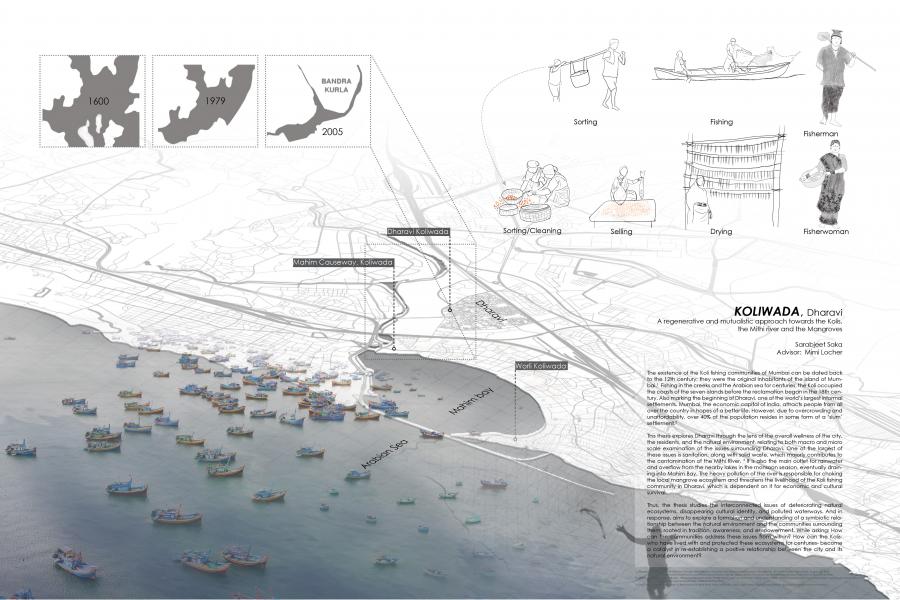
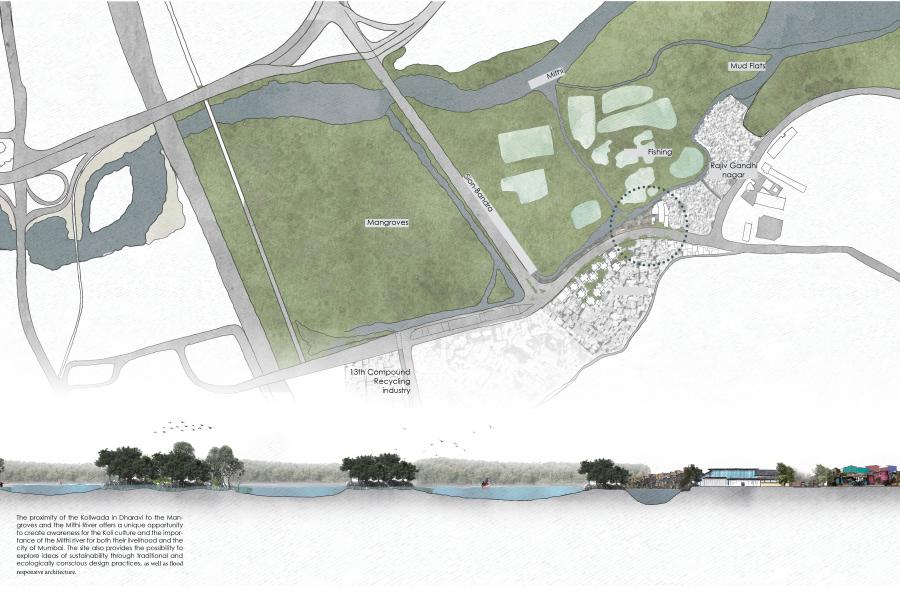
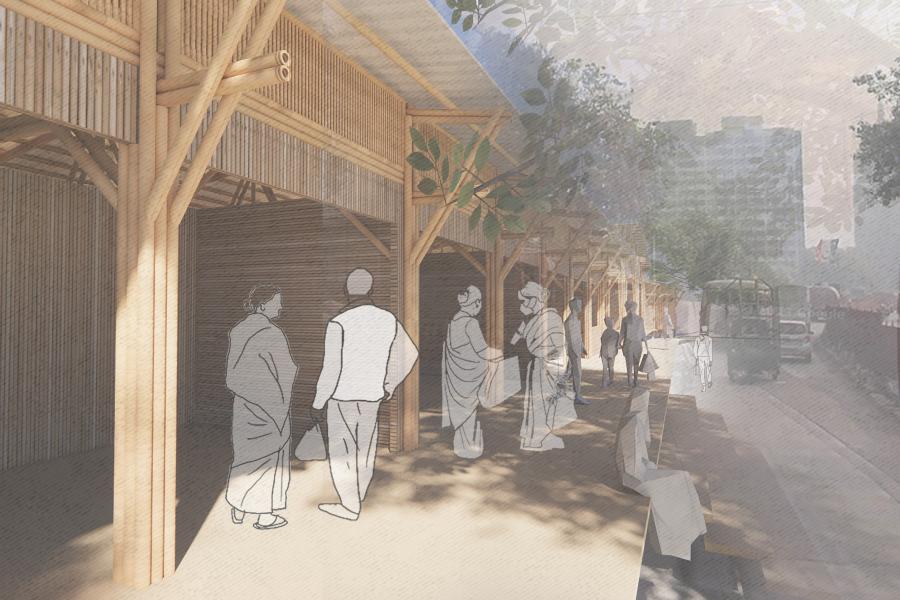
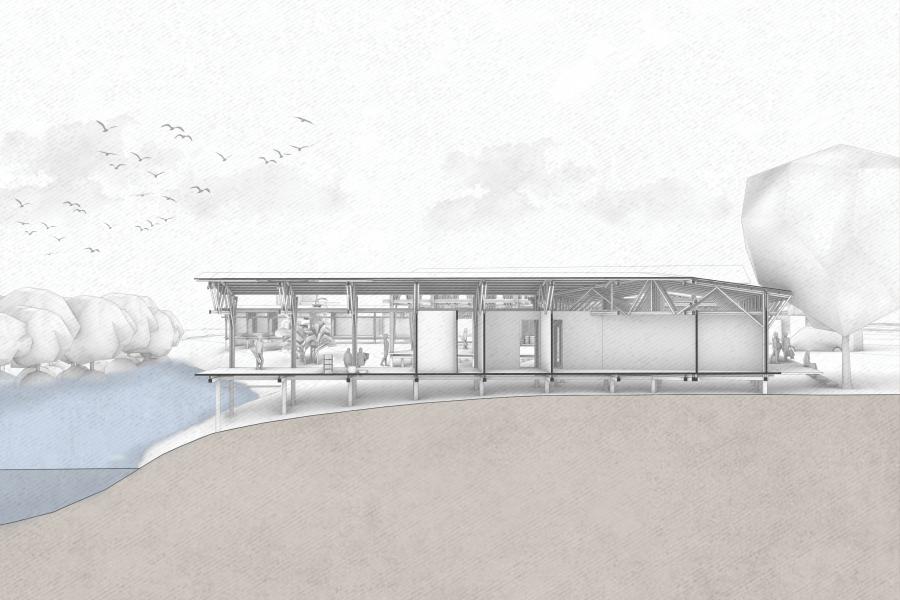
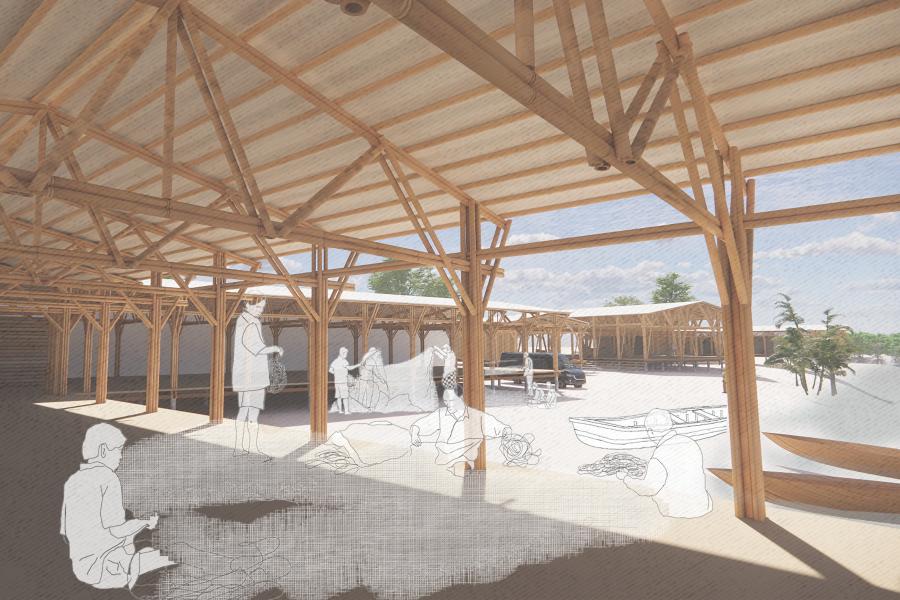
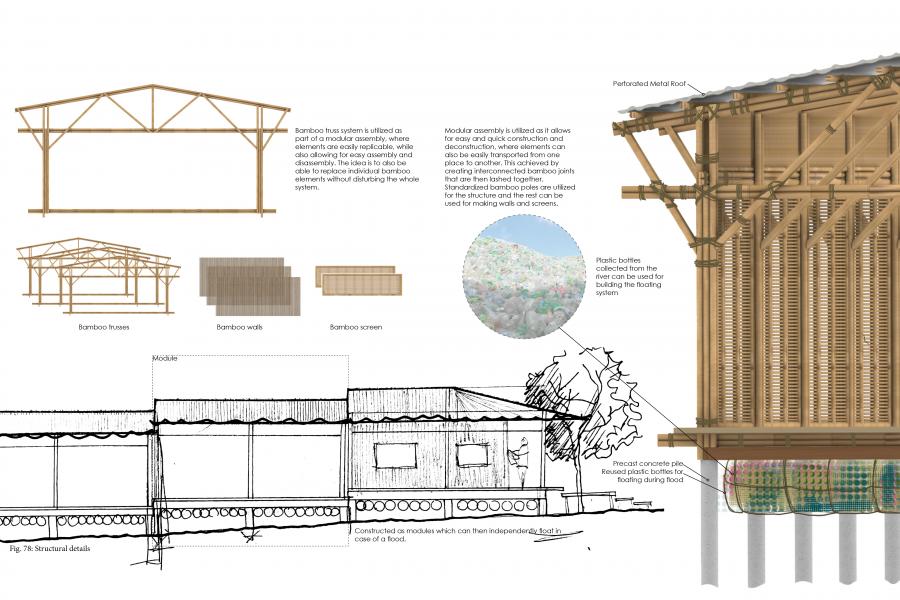
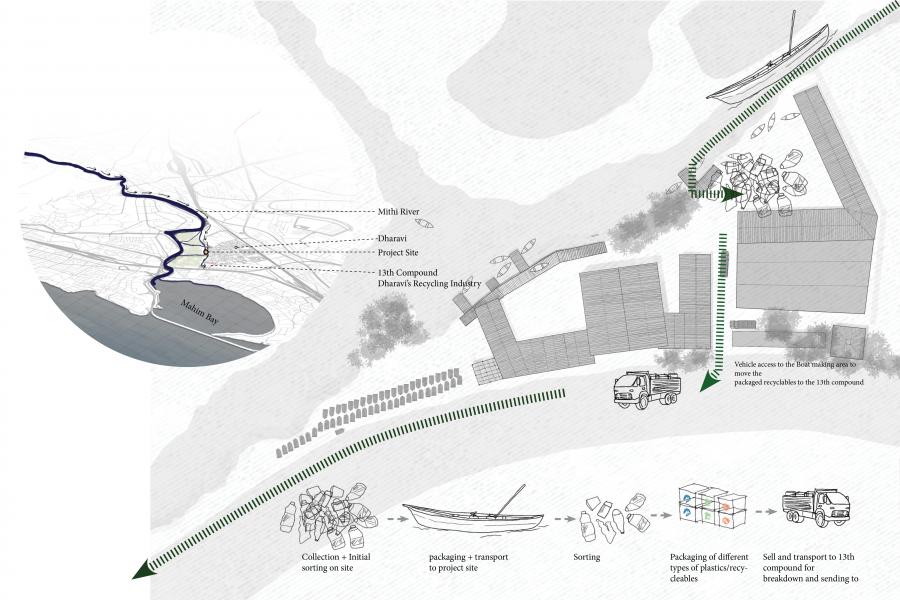
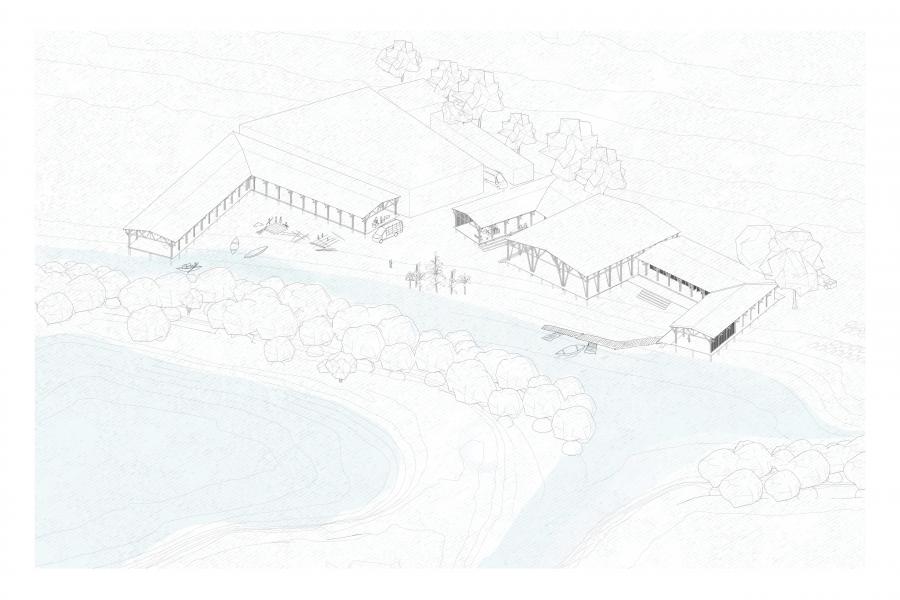
Koliwada, Dharavi: A regenerative and mutualistic approach towards the Kolis, the Mithi river and the Mangroves
The existence of the Koli fishing communities of Mumbai can be dated back to the 12th century; they were the original inhabitants of the island of Mumbai. 1 Fishing in the creeks and the Arabian sea for centuries, the Koli occupied the coasts of the seven islands before the reclamation began in the 18th century. Also marking the beginning of Dharavi, one of the world’s largest informal settlements. Mumbai, the economic capital of India, attracted people from all over the country in hopes of a better life. However, due to overcrowding and unaffordability, over 40% of the population resides in some form of a ‘slum’ settlement. 2
This thesis explores Dharavi through the lens of the overall wellness of the city, the residents, and the natural environment, relating to both macro and micro scale examination of the issues surrounding Dharavi. One of the largest of these issues is sanitation, along with solid waste, which majorly contributes to the contamination of the Mithi River.3 It is also the main outlet for rainwater and overflow from the nearby lakes in the monsoon season, eventually draining into Mahim Bay. The heavy pollution of the river is responsible for choking the local mangrove ecosystem and threatens the livelihood of the Koli fishing community in Dharavi, which is dependent on it for economic and cultural survival.
Thus, the thesis studies the interconnected concerns of deteriorating natural ecosystems, disappearing cultural identity, and polluted waterways. And in response, aims to explore a formation and understanding of a symbiotic relationship between the natural environment and the communities surrounding them, rooted in tradition, awareness, and empowerment. While asking: How can the local communities address these issues from within? How can the Kolis- who have lived with and protected these ecosystems for centuries- become a catalyst in re-establishing a positive relationship between the city and its natural environment?
1. Abraham , Bobbins. “How Climate Change and Pollution of Creeks Are Threatening Mumbai's Aboriginals - the Koli People.” IndiaTimes, August 30, 2022.
https://www.indiatimes.com/news/india/climate-change-and-pollution-of-creeks-are-threatening-mumbai-koli-community-578243.html.
2. Sneha Alexander, Surbhi Bhatia. “Mapping Mumbai's Slum Challenge in Coronavirus Battle.” mint, April 9, 2020. https://www.livemint.com/news/india/mapping-mumbai-s-slum-challenge-in-coronavirus-battle-11586334352966.html.
3. Dani, Riya. “A New Approach to Restoration of Mithi River, India.” Earth5R, July 8, 2020.
https://earth5r.org/earth5r-approach-pollution-mithi-river-india/.
Endnotes/Definitions:
iKoli – refers to the indigenous settlers of Mumbai. They are fisherfolk who have inhabited the island of Mumbai for centuries.
iiKoliwada – refers to the colony or community of the Koli fisherfolk. It is a marathi word, directly translating to “a home that opens to the sea”
